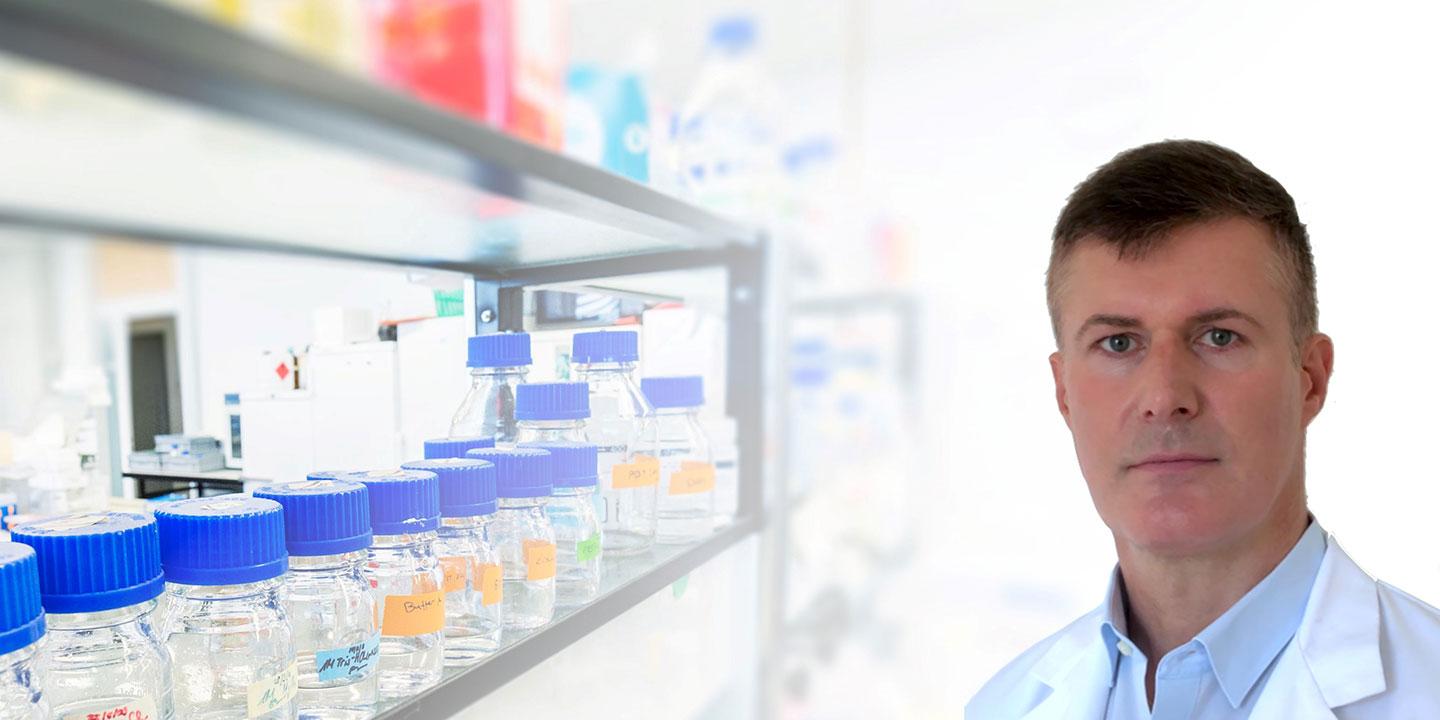An optimized mRNA vaccine against COVID-19

Most Covid-19 therapeutics target the main protease. Combination therapy, however, may work better and reduce drug resistance. Using cutting-edge X-ray crystallography, we are implementing a screening pipeline to speed up the development of novel antivirals targeting different coronavirus proteins.
Background
In academia and industry, most Covid-19 pharmacological research is focused on developing a vaccine or evaluating the effectiveness of presently available medications against SARS-CoV-2. The comparatively lengthy development cycle has made efforts to create new antiviral agents of lower priority. We seek to fill this gap by collaborating with leading virologists at the Chinese Academy of Medical Sciences and pharmaceutical industry to design novel small molecule antivirals.
Aim
We elucidated the molecular structure of various coronavirus proteins and their interactions with druglike molecules using methods of X-ray crystallography. In parallel, we developed biophysical tests to assess the transferability of established antivirals as potential Covid-19 therapeutics. The knowledge gained from these two approaches has been combined in a third step to develop novel Covid-19 antivirals and to augment the efficacy of established antivirals.
Results
We aimed to provide a window into the molecular structure of coronavirus proteins and the structural basis for its potential interactions with antivirals. We first created a framework for structure-based antiviral development employing cutting-edge X-ray macromolecular crystallography, including fast structure screening to uncover novel and existing antivirals and exploring viral-protein/antiviral interactions at physiological temperature. The structure-based methods are augmented with biophysical assays for pre-screening potential antivirals.
We then applied these methods to SARS-CoV-2 encoded proteins. High-resolution X-ray structures may assist in finding small molecules to modify viral protein activity and inhibit viral replication. High-throughput X-ray technologies allowed us to determine five SARS-CoV-2 viral protein structures at atomic resolution and identify ~40 binders after screening over 1’000 compounds. This structural insight has served as the basis for current and future drug discovery efforts against SARS-CoV-2 with the potential to be utilized against related, prospective coronaviruses.
Finally, we investigated the structural dynamics of proteins by monitoring potential changes in structure as a function of temperature. This method can disclose intricate molecular interactions and help guide the design of antivirals.
Our X-ray structure pipeline at the Swiss Light Source is available to both academics and industry for their research and development to target the current and other disease relevant protein targets.
Specific contribution to tackle the current pandemic
This project aimed to aid the global fight against SARS-CoV-2 by revealing the atomic-level structure and function of viral proteins and identifying small molecules that interact with coronavirus proteins to help develop new antiviral drugs with novel mechanisms of action. Our academic environment allowed us to provide Swiss pharmaceutical companies and academic organizations with the tools they need to develop new antivirals using the synchrotron Swiss Light Source (SLS) at the Paul Scherrer Institute.
Original title
Optimierter mRNA-Impfstoff für die COVID-19-Prophylaxe
Website NRP 78 Research
